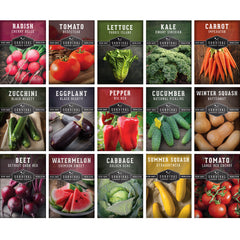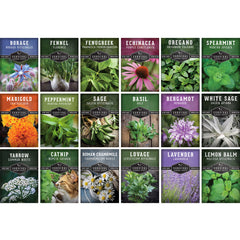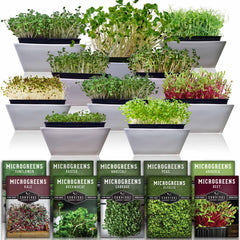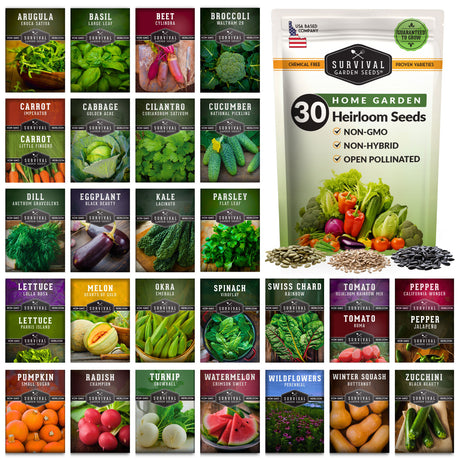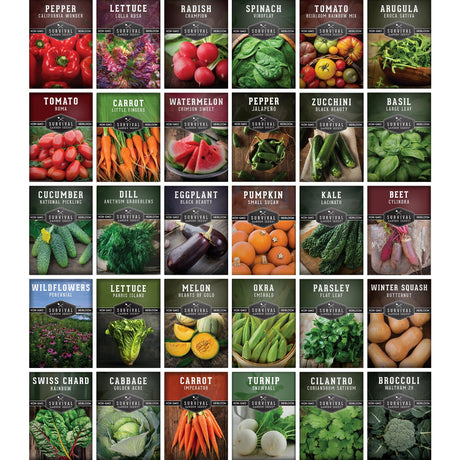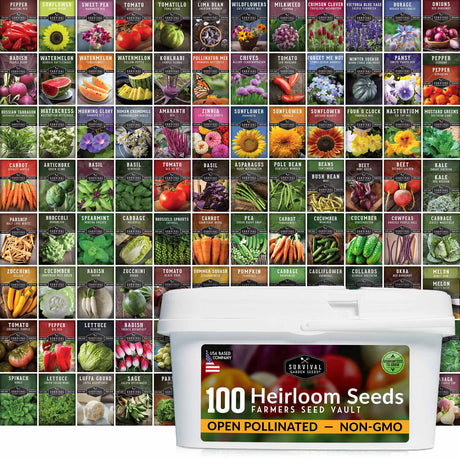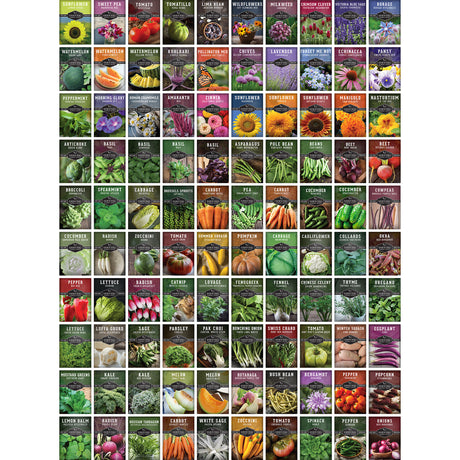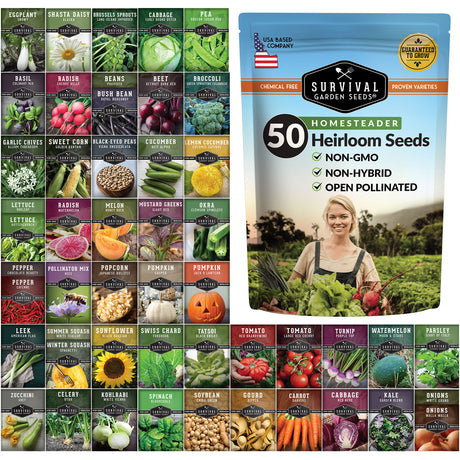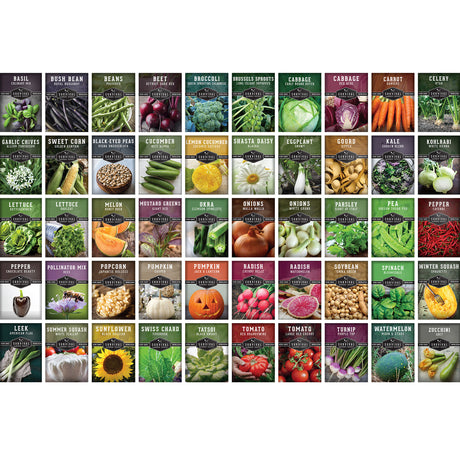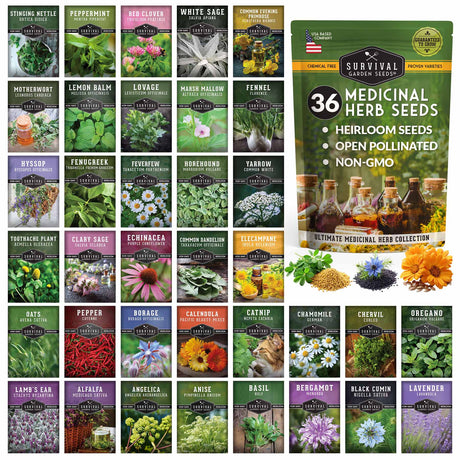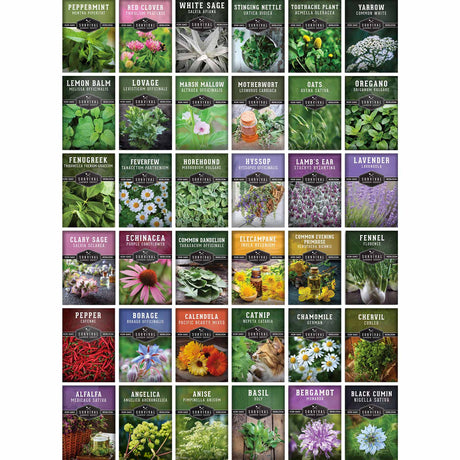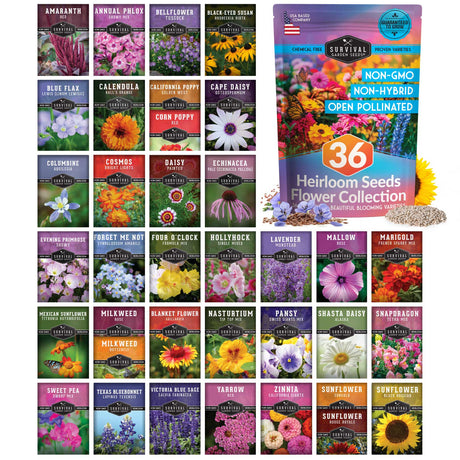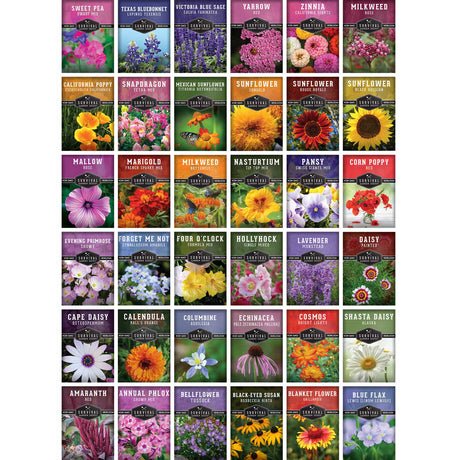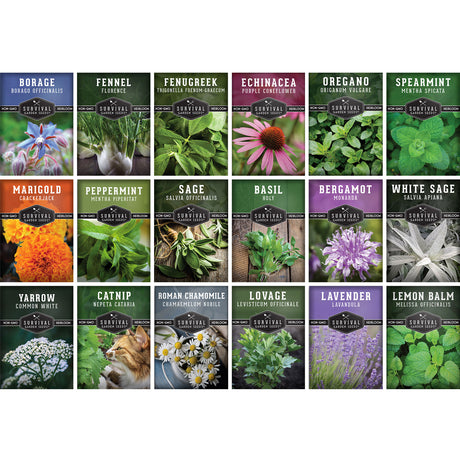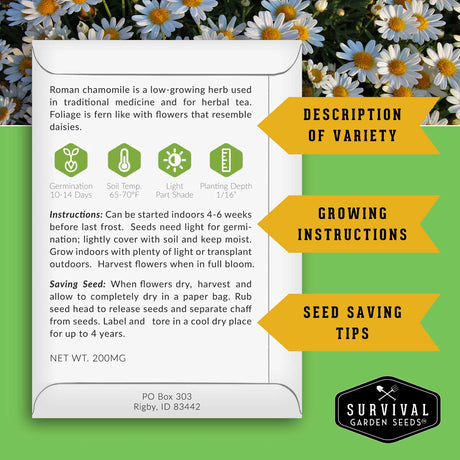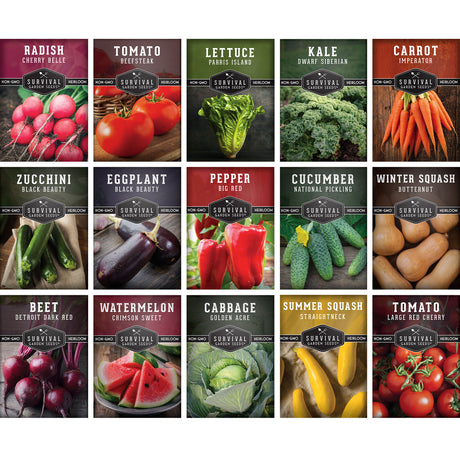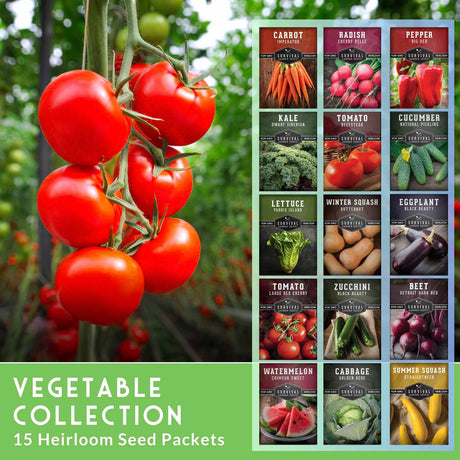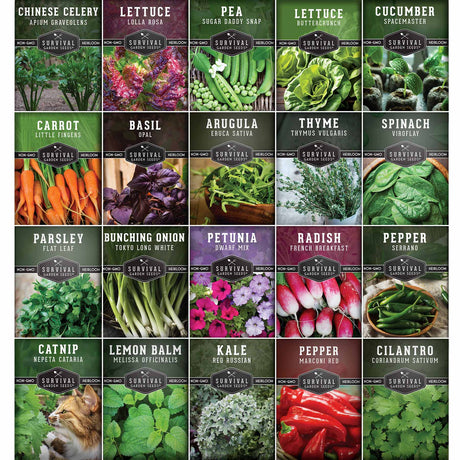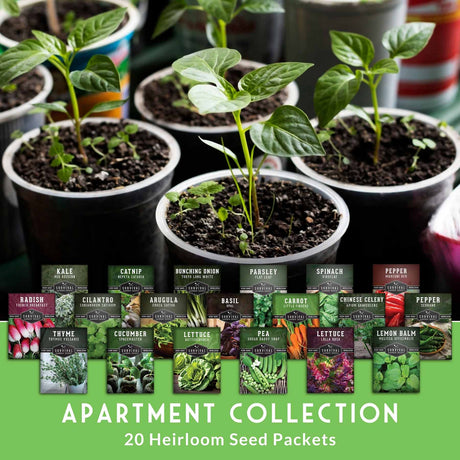Every generation of gardeners anoints its superstar herbs like basil for caprese salads, cilantro for salsas, and rosemary for roasted vegetables. Yet tucked quietly in the background is lovage (Levisticum officinale), a towering, celery-like perennial that once held a distinguished place in medieval monastery plots and early American cottage gardens. Lovage delivers bold flavor, robust growth, and multifaceted benefits, yet it rarely appears on modern planting lists.
Re-discovering lovage means unlocking an herb that can replace celery, add flavor to stockpots, soothe digestion, attract pollinators, and thrive for decades with minimal fuss. Whether you cultivate a sprawling backyard oasis or a single raised bed, incorporating lovage adds resilience, culinary excitement, and heritage value to the landscape.
What Makes Lovage the Unsung Hero of the Herb Patch?
Lovage’s flavor combines the brightness of parsley, the savory depth of celery, and a whisper of anise, allowing it to function as a one-plant seasoning blend. Because the aromatic compounds are concentrated, a few leaves season an entire soup, reducing the need for salt while intensifying overall complexity.
The plant’s stature often surpasses 6 ft (1.8 m) and creates vertical interest, useful as a living screen or background anchor. Thick, hollow stems channel water upward, and feathery foliage produces dappled shade that protects understory lettuces from midsummer scorch.
From a nutritional standpoint, lovage leaves are rich in vitamin C, quercetin, and coumarins. Historically, herbalists used its seeds as a digestive aid and its roots as a mild diuretic. Modern analyses confirm antimicrobial and antioxidant activity, positioning lovage as both food and functional remedy.
Quick-Start Guide: Growing Lovage in Any Garden
Choosing the Right Location
Lovage prefers full sun in cool climates and partial shade where summers are hot. Because it grows tall and wide, allot at least 3 ft (90 cm) of elbow room on all sides or position it at the rear of beds to avoid shading shorter herbs. In containers, choose a 15-gallon pot or larger to accommodate the deep taproot.
The plant is hardy in USDA Zones 4–9, tolerating brief dips to –30 °F (–34 °C) once established. In colder zones, a thick winter mulch protects crowns and preserves soil moisture. Where winters are mild, cut stems to ground level after they yellow to encourage vigorous spring regrowth.
Because lovage is a perennial, commit to a semi-permanent placement. Avoid areas that waterlog in winter, yet ensure proximity to a hose or rain barrel because consistent moisture supports lush foliage.
Soil Preparation and Planting Techniques
Loosen soil to 12 in (30 cm), incorporating 2–3 in (5–7 cm) of compost for fertility and drainage. Lovage thrives in a slightly acidic to neutral pH (6.5–7.0) but tolerates readings up to 7.5. Avoid heavy doses of high-nitrogen synthetic fertilizer; excessive nitrogen diminishes flavor intensity and encourages floppy stems.
Sow seeds in early spring, barely covering them with ¼ in (6 mm) of fine soil—light aids germination. Expect sprouts in 10–14 days when soil remains between 60–70 °F (15–21 °C). Because viability declines quickly, purchase current-year seed or collect fresh seed each autumn.
Transplant nursery starts after the last frost, lining the planting hole with aged manure to fuel root establishment. Water deeply at planting and mulch immediately with straw or shredded leaves to preserve moisture.
Watering, Feeding, and Ongoing Care
During the first season, supply 1 in (2.5 cm) of water weekly, especially in sandy soils. Once roots penetrate deeply, lovage withstands short dry spells but still rewards consistent moisture with tender, less bitter leaves.
Once the buds start to open, give them a yearly boost with some compost on top or a light mix of fish and seaweed emulsion. Stake plants in windy sites, or allow neighboring shrubs to provide natural support. Removing flower buds prolongs leaf production, but letting some bloom invites beneficial insects and yields flavorful seeds.
Divide overcrowded clumps every 4–5 years in early spring. Use a sharp spade to sever outer sections, then replant divisions immediately. Routine division rejuvenates vigor and offers surplus plants for friends or community gardens.
Harvesting and Preserving Lovage for Year-Round Use
When and How to Harvest Leaves, Stems, and Seeds
Begin snipping outer leaves when plants reach 12 in (30 cm) tall, choosing younger growth for milder flavor. Always leave the central core intact to fuel photosynthesis. Stems can be harvested before flowering; use them as eco-friendly drinking straws or as aromatic skewers for kebabs.
Seeds ripen to a golden-brown by late summer. Bag flower buds with breathable muslin just before full maturity to catch shattering seeds. Once dry, shake seeds free, winnow away chaff, and store in an airtight jar.
Drying, Freezing, and Infusing
For drying, bundle 8–10 stems and suspend them upside down in a warm, shaded, well-ventilated space. Leaves dry within a week; crumble them and store in tinted glass to protect volatile oils. Alternatively, strip leaves and dehydrate them at 95 °F (35 °C) to preserve chlorophyll.
Freezing best retains color and perfume: mince washed leaves, pack into ice-cube trays, cover with water or olive oil, and freeze. Once solid, transfer cubes to sealed freezer bags for up to a year. To craft a quick spice salt, layer fresh leaves between coarse sea salt in a jar, seal for two weeks, then sift out the dried leaves—a savory finishing touch for roasted vegetables.
Culinary Applications That Will Transform Your Kitchen
Flavor Pairings and Substitutions
Lovage pairs naturally with potatoes, carrots, lentils, shellfish, and poultry. Replace celery in mirepoix with half the volume of chopped lovage to avoid overpowering dishes. The herb’s aromatic strength allows sodium reduction by up to 30 % without sacrificing mouthfeel, making it invaluable for low-salt diets.
Infuse cream with bruised lovage stems for a sophisticated base in chilled soups or quiches. Steep seeds in vinegar for a celery-seed alternative, or combine them with mustard seeds to enliven pickles.
Five Simple Recipes to Showcase Lovage
Experimenting with lovage is easiest when integrated into everyday cooking rituals.
- Spring Pea & Lovage Soup: Sweat one diced onion in butter, add 2 cups fresh peas and 3 cups vegetable stock, simmer five minutes, then blend with ¼ cup chopped lovage and a splash of cream.
- Lovage Pesto: Blend 2 cups lovage leaves, ½ cup toasted walnuts, 1 clove garlic, ½ cup parmesan, and ½ cup olive oil. Toss with gnocchi or spread on crusty bread.
- Garden Bloody Mary: Muddle a lovage stem in tomato juice, add vodka, horseradish, and a squeeze of lemon; garnish with a fresh leaf for an herbal straw.
- Roasted New Potatoes with Lovage Salt: Toss halved baby potatoes in olive oil and lovage-infused salt, roast at 400 °F (200 °C) for 30 minutes until crisp.
- Lovage Seed Shortbread: Fold 1 tbsp ground lovage seeds into classic shortbread dough for a surprising savory-sweet cookie.
Medicinal and Wellness Benefits Backed by Tradition and Science
Traditional Herbalism
Ancient Greek physicians prescribed lovage for digestive discomfort, referencing its carminative properties. In medieval Europe, chewing the seeds freshened breath during long pilgrimages, and bathing in a lovage infusion was rumored to relieve rheumatism.
Historically, the root acted as a mild diuretic to support kidney health and as an expectorant for bronchial congestion. The herb’s essential oil—containing ligustilide, eugenol, and limonene—was valued for antiseptic qualities and wound cleansing.
Modern Research and Precautions
Contemporary studies highlight the antioxidant capacity of lovage leaf extracts, notably in scavenging free radicals implicated in cardiovascular disease. Preliminary trials also indicate antimicrobial effects against Staphylococcus aureus and Escherichia coli, supporting traditional topical uses.
Like many Apiaceae members, lovage contains furanocoumarins that may increase photosensitivity when consumed in very large amounts or applied directly to skin. Pregnant individuals should limit medicinal doses because of theoretical uterine-stimulating effects, though culinary use remains widely regarded as safe.
Lovage in Ecological Gardening
Companion Planting Advantages
Lovage’s height shelters shade-loving herbs such as chervil and cilantro, extending their harvest into midsummer. The deep taproot mines subsoil nutrients, cycling minerals upward where shallow-rooted neighbors can benefit after each leafy mulch drop in autumn.
Gardeners often plant lovage near brassicas like cabbage, broccoli, and cauliflower, noting reduced aphid colonization. The strong scent may confuse pest insects, while the plant’s umbel flowers provide food for lacewings and parasitic wasps that prey on cabbage worms.
Supporting Pollinators and Biodiversity
When allowed to flower, lovage produces broad, flat clusters of blooms rich in nectar. Bees, hoverflies, and tiny native wasps flock to these blossoms, ensuring broader pollination across the garden ecosystem.
The dense summer canopy offers habitat for predatory beetles and spiders, which help maintain balanced insect populations. Incorporating lovage into polyculture beds increases overall floral diversity, enhancing resilience against disease outbreaks.
Frequently Asked Questions
-
Will lovage take over like mint?
No. Lovage forms a large clump but does not spread via aggressive runners. Containment is simple with routine division, and unwanted seedlings are rare when seed heads are harvested promptly. -
How long does lovage remain productive?
A well-maintained plant remains vigorous for 10–15 years. Periodic compost additions and division prolong life and prevent root congestion. -
Can lovage grow indoors?
Yes, but it requires a deep container and strong supplemental light. Without at least six hours of intense illumination, stems may elongate weakly and flavor concentration diminishes. -
Is lovage safe for pets?
Lovage in small culinary amounts poses minimal risk, yet large medicinal doses could act as a diuretic in dogs and cats. When in doubt, fence tender seedlings until fully established. -
Why do my lovage leaves yellow in midsummer?
Yellowing often indicates inadequate water or nutrient depletion. Apply a balanced organic fertilizer, mulch generously, and trim back older stems to stimulate fresh growth.
Disclaimer: The information provided in this guide is for educational purposes only and is not intended to be a substitute for professional medical advice, diagnosis, or treatment. Always seek the advice of your physician or other qualified health provider with any questions you may have regarding a medical condition or before starting any new herbal remedy or health regimen. Never disregard professional medical advice or delay in seeking it because of something you have read in this article.





